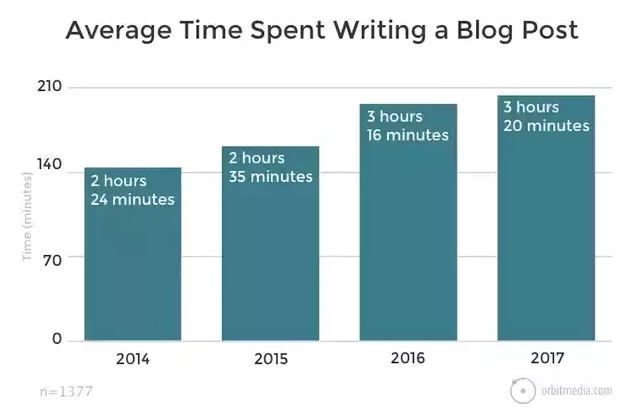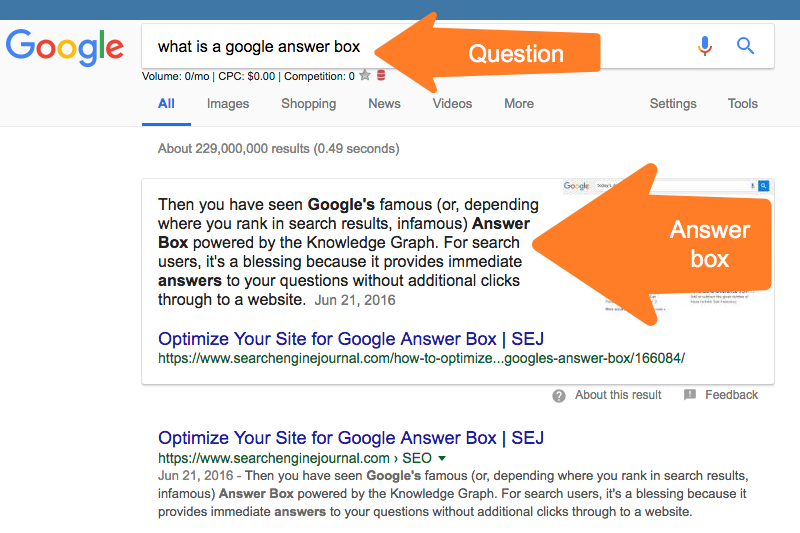Why is a Content Creation System important?
A good content creation system is instrumental in keeping successful businesses on track — especially with the amount of distractions affecting today’s marketers. The key to effective marketing is creating a framework or process that will enable you to create quality content without it being difficult or frustrating.
Step 1: Build a content marketing strategy
Too many people jump straight into content generation without taking a disciplined approach to building a strategy. Our approach to content strategy includes the following elements:
Set your content marketing goals: What are you looking to build? Traffic? Leads? Get a number on paper, so you have a basis for success.
Build an ideal customer “Avatar” or accurate target persona by TALKING with your customers: Don’t start any content marketing until you’re really clear on what your customer wants to hear you talking/writing about! Learn from your customers what it is that you know that can help them solve problems.
Develop your customer journey and map your keyword research: Keyword research is equivalent to market research, as it will indicate what people are talking about. You also need to map to each stage of the customer journey, to help you build content at each phase.
Set your strategy, channels and tools: From this data, you’ll firm up your content strategy, the channels you’ll use to send it out, and the tools you’ll be using in the process.
Create your editorial calendar and a few pieces of content: A critical piece in the process is to really set that editorial calendar in stone for at least 3-6 months in advance. Generate several pieces of content before launching your blog, video channel, etc., to ensure you have the right tone set for your work.
This kind of preparation is critical to understanding your customers — and generating new topics for content. “Find out what their frustrations, fears, wants and aspirations are,” he said. “I find you can really get ideas out of that.”
Step 2: Find the time to create the content
The next step is to determine who is going to produce the content. Why? Because creating effective content takes a lot of time — it’s all too easy to underestimate this component of the process.
According to Andy Crestodina and his team at Orbit Media, the average blog post takes 3 hours and 17 minutes to write.

Make sure you have time set aside within your company’s schedule to get the work done.
Step 3: Designate a content creator
Coinciding with the time will be designating the content creator. This is tough because you not only need a person with time, but also with content creation skills. That can include writing and speaking skills (preferably both), and the creativity to deliver a compelling message.
Now that’s not to say you shouldn’t involve many people in the process. You absolutely should. But you need one dedicated content producer who will generate the stuff, week after week, month after month.
Why? Because consistency is absolutely the key.
Step 4: Establish a content creation process
Behind every great system, there is a documented process. Everyone’s content creation approach will be different, but here are some good things to include in your approach:
Start with a series of questions that need to be answered In this approach, every piece of content must go through a Why, What, How, Now and Next process, which includes answering:
Why – Why should your target audience care about what you’re creating?
What – What are the keys to the information you are sharing with them?
How – Which steps should they follow to achieve the desired result?
Now – What can they do right now to implement your recommend actions?
Next – What do you want the reader/viewer/listener to do next (the call-to-action)?
Create content guidelines and work them into a checklist Whenever we produce a blog post, we have a series of content requirements that need to be followed, and we work from a few templates to establish consistency. Our blog post checklist includes:
- Using keywords in the headlines and first paragraph
- Create snippet copy (see pro tip below)
- Integrate semantic keywords through the post
- Include SEO basics, such as title tag and meta-description
- Use photos and other visuals in every page scroll
You’ll generate your own, what’s important is that you have your content producers follow it so they’ll include all the key elements of successful content.
You can include these tips of elements in your guidelines.
PRO TIP: Creating snippet copy
In a blog post, write a section that could be used for the Google Answer Box. Google features these in a search, and by writing a great answer box, you can actually leapfrog people in rankings. Here is a post from SEMrush on how to choose language that will get your writing featured in the Google Answer Box.

Step 5: Create Content Creation Planner/Calendar
Establishing the content creation process requires documenting the creation of the content and timeline for publishing. Below are four core activities that every useful content creation system must contain and some of the tools I recommend to power your content creation system.
1) Develop a content planner/calendar based on keyword research – Keyword research is probably one of the most underutilized tools of the content creation system. If you want to draw targeted traffic to your content you need to know what terms and phrases your target market is using to find businesses, products, and services like yours when they surf and search.
The following online tools are very useful to help you create and refine your keyword research. Here’s a nice list of keyword research tools here.
- Good Keywords free software
- WordTracker free lite version
- ubersuggest.com
- answerthepublic.com
2) Create monthly themes based on keywords – Develop a list of core topics and assign one to each month for the next 3-6 months.
Each topic should be related to your business or industry and represent an important keyword search term or problem that needs solving. Think about your content strategy as if you’re creating a magazine. Each month represents a hot topic in what will become a body of work at the end of each quarter or year.
Here’s an example of a marketing firm focused on small businesses content creation strategy:
- January – Low-Cost Lead Generation
- February – Hiring First Marketing Employee
- March – Outsourcing Marketing
- April – Marketing As a Process
- May – Getting Found Online
- June – Brand Awareness
3) Create a list of all the types of content you would like to create, and how many pieces on each theme – In this step, simply understand that the body of work above can turn into an asset that serves your organization in the form of lead generating:
- ebooks
- worksheets
- tip sheets
- guides
- special reports
- presentations
- video
- Blog article
4) Come up with a plan for repurposing content focused on your monthly themes – To repurpose content is to give it a new life, gain exposure to new audiences and to save you time (which we all know is money).
- Write a blog post on your core topic. For example, 7 Components of a Successful Marketing Plan
- Create an image for each of the 7 Steps and share one tip per day on social channels
- Expand the blog post into 7 separate blog posts – one on each topic
- Combine the posts and add an introduction. Send off to a designer and have it turned into an eBook
- Take the eBook and translate it to slides. You know have your hour presentation.
- Go even deeper and turn the hour presentation into a 1/2 workshop by adding action steps and worksheets to support your presentation.
You now have 8 blog posts, 7 social media posts, an eBook, an hour presentation and a 1/2 day workshop – from one core piece of content.
Step 6: Integrate content creation tools
A variety of content creation tools can help you generate things like memes, graphics, screenshots — the list goes on. Create your own stockpile of content creation tools to help build your content.
Canva – It’s hard to beat this tool for building great graphics that you see in this blog. We love it for pullquotes.
Snaggit – Ideal for capturing an image on your screen, and then adding effects like arrows (see the Snippet graphic above).
Camtasia – If you’re making videos to promote your post (and you should), Camtasia allows you to add captions, etc.
(You’ll find Snagit and Camtasia here.)
Yoast SEO – A great plugin for WordPress, the Yoast SEO box appears at the end of the post and includes a simple way to input your title tags and meta-description.
Here are more great lists of content creation tools:
Don’t get overwhelmed by all of these. Integrate new tools into your process as it becomes streamlined, and use them to make your content better and better.
Content creation: Use a framework and make it a habit
College coaches have a systematic approach to their game; their practices were the exact same drills and scrimmages, every day. That’s why a successful coach can win over 75% of his games.
Frameworks and the steps we’ve included here, are all critical for creating quality content consistently. This stuff takes prep work and discipline. By creating a framework, you reduce the resistance and fear of the blank screen.
“It’s all about habit formation,” “If you can use a framework to help get past that initial resistance, then it’s not so bad.“
